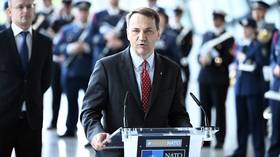‘In war-torn Syria, my enemy’s doctor is my enemy’
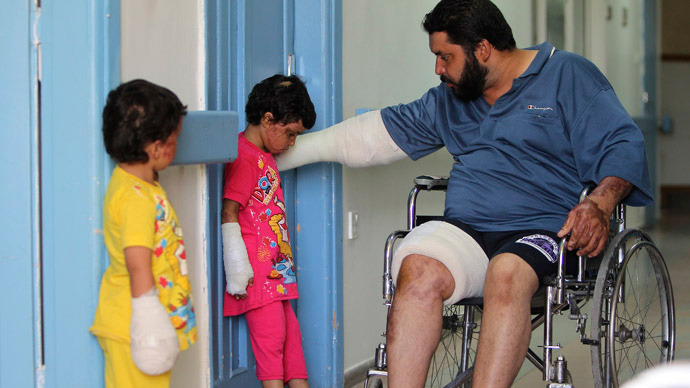
What do the Syrian opposition, a jihadist group, a Gulf State, Iran and the US have in common?All provide ‘humanitarian’ aid to the side they support in the conflict, none can curb the suffering alone, or ensure that aid reaches the most vulnerable first.
This is not a simple war, and there are no simple aid solutions, but the status quo cannot be an option. The political complexity of the crisis is mirrored in the humanitarian response; the majority of aid to Syria is perceived to be on one side or the other. It is virtually impossible for aid to cross multiple frontlines at the scale required to meet the immense needs. At present aid organisations are generally reliant on crossing the border illegally into areas controlled by the opposition and having aid delivered with the help of opposition networks.
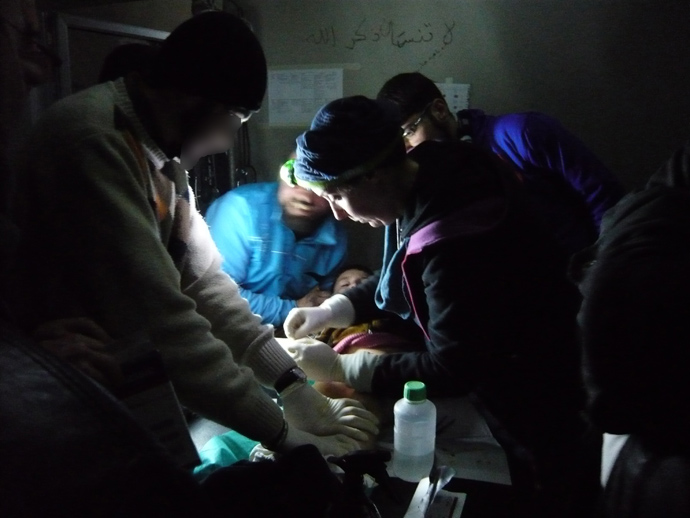
This is a challenge because the provider of aid becomes painted with a brush of political solidarity with one side or the other – and all aid becomes contested. Attempting to cross the frontlines of this conflict without the willingness of all parties means that you can be turned back at checkpoints as someone who has been assisting ‘the enemy’ or have to run the gauntlet of bombardment and snipers. But for aid to reach places like Homs, Deraa and the suburbs of Damascus, it has to be able to cross frontlines. An aid convoy from Damascus was recently turned back when it reached an opposition controlled area because the providers of aid were not trusted.
Millions of people face severe shortages of food, fuel, shelter and clean water. There are now 1-million refugees that have fled the country and 2.5 million people displaced within Syria. Entire communities live in indescribable fear, under siege and constant shelling. Recently, there have been reported outbreaks in opposition controlled areas of typhoid and leishmaniasis. Médecins Sans Frontières/Doctors Without Borders (MSF) was only able to donate medical supplies, as intense fighting meant our medical teams couldn’t reach these areas.
The destruction of health facilities has left a medical void. According to the Syrian authorities, 57 percent of public hospitals in the country have been damaged and 36 percent are no longer functional. Though for a complete picture of the devastation, the destruction of makeshift field hospitals should also be added to the tally.
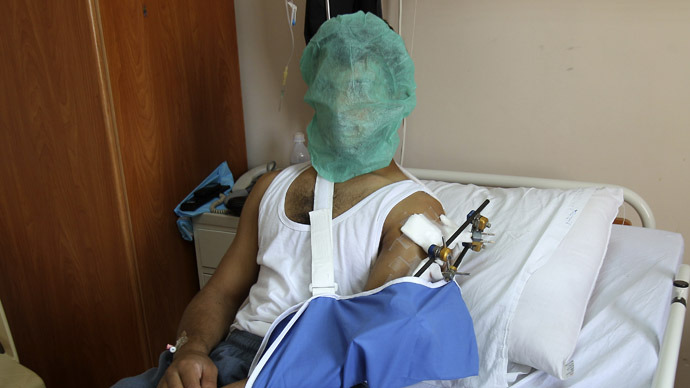
From the start of the conflict, denial of health care and the targeting of medical facilities and staff has been a tactic of war. Many areas rely on makeshift field hospitals, most of which are hasty conversions – from kitchen tables to underground basements. Health workers have fled the conflict areas and I have even seen a construction worker operating as a surgeon. Some of these field hospitals priorities the treatment of fighters, leaving a gap in health provision for the general population. There are also field hospitals that have turned away some wounded who are perceived to be sympathetic to a different side of the conflict.
The public health system is under huge strain. International sanctions have frozen financial assets and transactions, making it impossible for the government to purchase medical supplies internationally. Syria used to produce 90% of its own medical supplies – but most of the factories have now been destroyed. On a recent visit to Damascus I saw that in health facilities there are major shortages of medical supplies.
Without authorization to work from the government, MSF has nevertheless established three unofficial hospitals in the north, while continuing to send – and sometimes smuggle - relief and medical supplies into both government and opposition controlled territories. This is not the most effective way for us to respond to the immense needs across the country. Our response is a drop in the ocean.
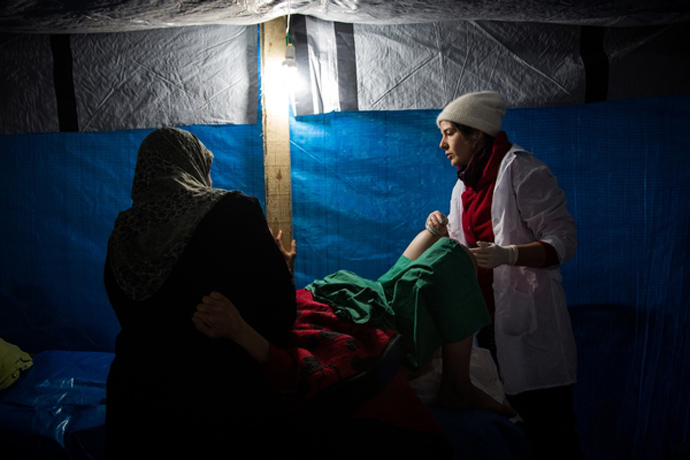
The polarization of aid is perpetuated on all sides. Regional and western powers have an interest in providing aid out of political solidarity. The United Nations is only able to channel aid through Damascus – and is reliant on an unlikely security-council resolution to provide aid across borders without the government’s agreement. The most active providers of aid in Syria today are diaspora networks and local communities themselves, which are the networks that have allowed MSF to develop its humanitarian activities over the past two years.
Considering the way in which aid is delivered in Syria today, the parties to the conflict and communities themselves have reason to be skeptical about aid provided from areas under the control of their opponent. This is a reality created through the denial of access by Damascus for independent organizations – which allows those with geo-political agendas in their provision of aid to hide behind the excuse of having no other option but to enter Syria illegally.
Damascus holds the key to unraveling the paralysis of the aid response by allowing the free circulation of independent assistance. A negotiated agreement between all parties is urgently needed to allow life-saving aid to be delivered on the scale required and in the most efficient way, across frontlines and across the border. A concerted diplomatic effort is essential to ensure that this agreement is reached immediately. Without this, aid cannot be extracted from the geo-political complexity that has plagued this crisis and hampered the response. Whilst we wait for the deadlock to be broken, aid still urgently needs to be ramped up where possible, even without the agreement of all parties to the conflict, however imperfect this solution may be. As the violence in Syria continues unabated, the failure of the aid response becomes all the more unacceptable.
Jonathan Whittall, Head of Humanitarian
Analysis for Médecins Sans Frontières (MSF)
The statements, views and opinions expressed in this column are solely those of the author and do not necessarily represent those of RT.





